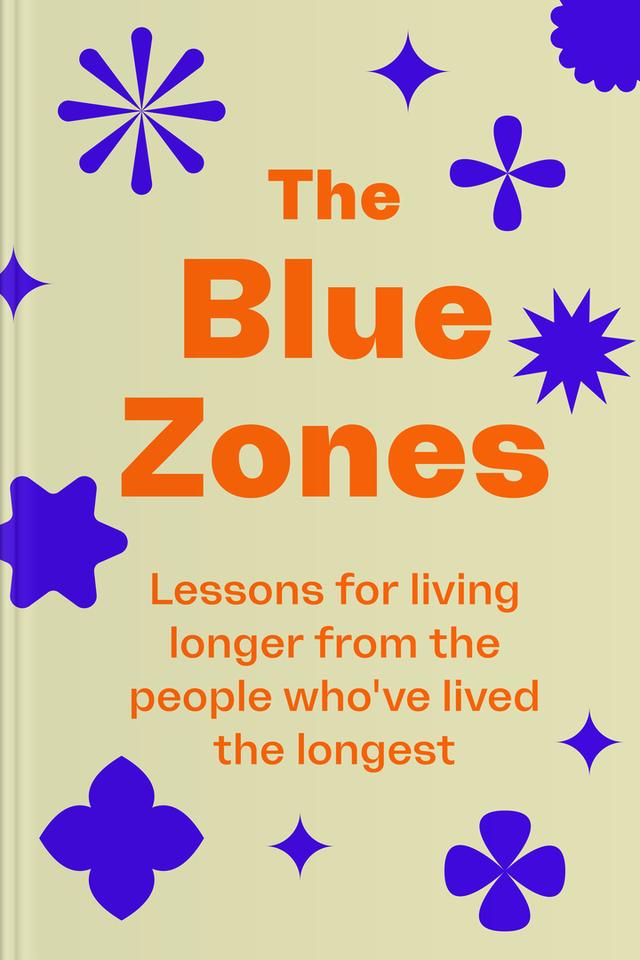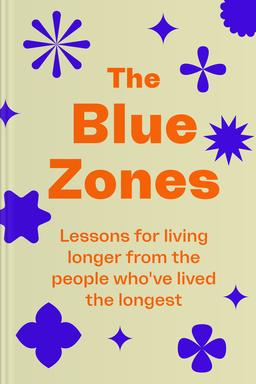You’ll learn
- How to always stay young
- Features of the centenarians' diet
- Why friendship prolongs life
- The effect of mindset on health
- About the benefits of simplicity and acceptance
russia has launched a full-scale war in Ukraine. Donate to support Ukraine and protect the world’s peace.

first KEY POINT
Have you ever stopped to think about what contributes to longevity? Sayoko Ogata did. A spirited Tokyo executive with a knack for adventure, she was drawn to the mysteries of life's longevity in places like Naha, Okinawa. This city is known for its citizens who live long lives of joy.The captivating regions that hold the secrets to healthier lives are termed Blue Zones. They don't just top the charts in age numbers; the people there lead lives soaked in vibrancy. They laugh, dance, celebrate, and work, weaving stories that speak of more than just age but of a life thoroughly lived.Now, while Okinawa grabs attention with its impressive longevity records, it's not the only Blue Zone on our planet. Imagine places from the vast stretches of Africa to the lively streets of Mexico. All these regions, each with its tales of longevity, are intertwined with personal narratives. The science of life extension is narrated not in cold numbers but through heartwarming stories of people: their daily lives, laughter, celebrations, struggles, and routines.
The key isn't just discovering these places and diving deep into their culture, practices, and lifestyles. We must understand what makes their inhabitants wake up every morning with a spring in their step, even when they're a hundred years old. Longevity is about much more than diet and exercise. It's the joy, the spirit, the curiosity, and the zest for life.What if you could unravel these secrets? This summary is an invitation to learn about longevity, feel it, breathe it, and live it. Ready to dive in?
second KEY POINT
Have you ever dreamed of living to 100? Not just scraping by but thriving, bursting with energy, and enjoying life to the fullest. The Blue Zones are the regions where it's pretty typical to celebrate your 100th birthday, not from the confines of a bed or a wheelchair, but often dancing with family or tending to a garden.So, what's the secret of these places? A team of experts, including demographers, health professionals, and journalists, decided to figure this out. They didn't just observe; they dived deep, interviewing older people, poking around kitchens, joining in community activities, and conducting comprehensive surveys developed with the National Institute on Aging.What they found might surprise you: there's no single magic formula, and it's not just about genes or luck. It's a combination of several factors, many of which are choices you can make every day.The simple things people often overlook, like checking their blood pressure regularly, can make a significant difference. It's one of the primary ways to prevent premature deaths. Public health basics, like access to clean water and improved living conditions, also play a role in helping people live longer.However, the real gold lies in the everyday habits of the centenarians. So, what are the key insights?1. It's the food on their plate: fresh, locally sourced, and often plant-based.
2. It's how they move: not necessarily in gyms or marathons but in gardens, footpaths, or dances.
3. It's how they socialize, the importance of community, and their family values.
4. It's in their outlook on life: staying positive, managing stress, and knowing the purpose of their lives.And the best part? Most of these are choices you can adopt, no matter where you live. Let's put it in perspective with a thought-provoking question: If you lived to be 100, what kind of centenarian would you be? Lying in bed, dependent on others, or out in the community, active and alert? Now, imagine if the choices you make today could decide the answer.

Continue reading with Headway app
Continue readingfirst KEY POINT
second KEY POINT
third KEY POINT
fourth KEY POINT
fifth KEY POINT